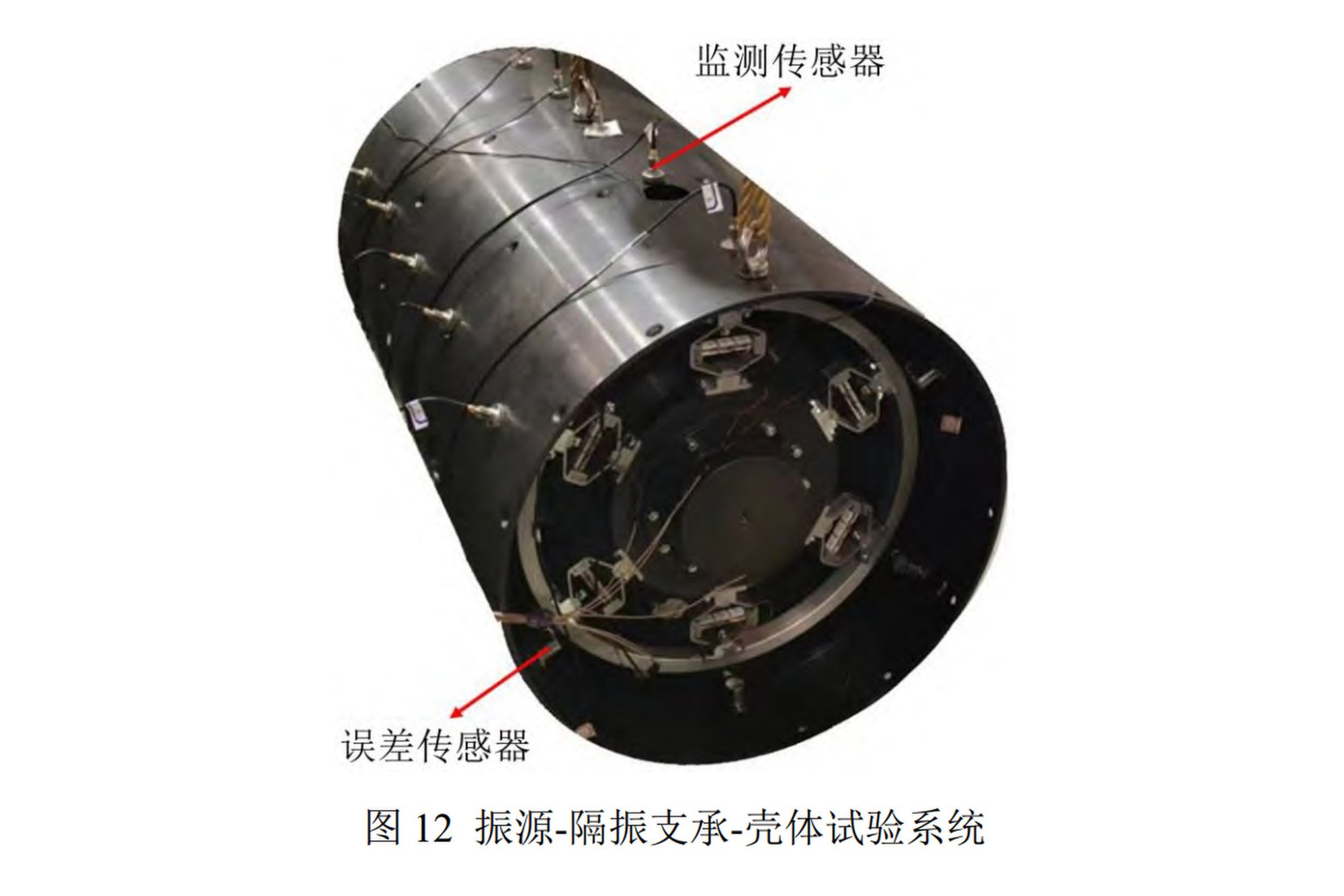Scientists claim to have created a method for reducing the aquatic tremors that may be detected by sonar equipment.
A research group in Shanghai has introduced a vibration-dampening technology that might considerably enhance stealth capabilities.
submarines
During secret missions, as stated in a peer-reviewed study featured in the Chinese journal Noise and Vibration Control.
Zhang Zhiyi and his team from the State Key Laboratory of Mechanical Systems and Vibration at Shanghai Jiao Tong University claim that their invention has the potential to reduce the detection range of enemy sonar systems by over fifty percent.
The objective of this technology is to substitute conventional solid engine mounts with a combined active-passive vibration reduction system. This innovation aims to decrease the amount of engine noise passing through submarine hulls by as much as 26 decibels (dB), as stated in the document.
Are you looking for insights into the most significant issues and global developments? Find your answers here.
SCMP Knowledge
Our latest platform offers handpicked content including explainers, FAQs, analyses, and infographics, all provided by our esteemed team of experts.
The design incorporated a steel-rubber-steel “sandwich” ring designed to absorb vibrations, along with an active component featuring 12 piezoelectric actuators positioned evenly around the engine for additional noise reduction, according to reports.
These electronically-driven actuators can counteract the engine’s minute movements using precise force application via accurate linkage systems.
According to the study released in April, research suggests that decreasing the noise of an underwater vehicle by just 10 dB can reduce its detectable range by approximately 32 percent.
The researchers stated that “When navigating at low speeds, the main source of noise for underwater vehicles comes from the mechanical sounds produced by operating machinery. This creates their principal acoustic footprint, which can be detected usually through a sequence of low-frequency tones.”
Incorporating vibration dampening techniques to reduce energy flow from engines via support structures is essential for improving the acoustic concealment of underwater vehicles.
Zhang and his team performed lab experiments on a smaller-scale model which demonstrated remarkable performance, achieving a noise reduction of 24 dB (12 dB from passive systems and another 12 dB from active ones) at 100 Hz, and an impressive 26 dB at 400 Hz.
The effective bandwidth spanned from 10-500 Hz, encompassing most common engine harmonics. The system enabled real-time noise cancellation due to its very rapid reaction time, as indicated by the research.
The research team indicated that the system’s intelligent FX-LMS adaptive algorithm employed a multi-dimensional control matrix to manage all 12 actuators. This approach helped prevent destabilizing feedback loops, which has been a significant hurdle for practical implementations.
Although the laboratory findings are impressive, several challenges persist. For example, rubber hardness changes with varying temperatures and pressures, and it remains uncertain how resilient the piezoelectric materials will be over extended use.
The specific type of engine noise reduction employed in Chinese submarines remains unspecified, and the research does not detail the total enhancement this new technology brings to a submarine’s acoustic signature.
The China State Shipbuilding Corporation, a key manufacturer of submarines, was involved in the research.
More Articles from SCMP
It has been found by a think tank that China’s Belt and Road Initiative partners must now provide funds as debts become due.
Hong Kong police cancel open bidding for IT upgrade due to geopolitical strains
Netflix K-drama “Heavenly Ever After” review: The melodrama turns out to be overly sentimental and perplexing.
The article initially appeared on the South ChinaMorning Post (www.scmp.com), which is the premier source for news coverage of China and Asia.
Copyright © 2025. South ChinaMorning Post Publishers Ltd. All rights reserved.







